Connected to the Royal Palace, the Belvue museum depicts the national history of Belgium from 1830 until the present time, as well as images of the six Belgium monarchs (king Leopoldo I to King Baudouin).
The Kingdom of Belgium was founded over two hundred years ago. In 1776, Hapsburg Empress Maria-Theresa authorized the construction of a high standard hotel next to the Brussels Royal Palace and on top of the remnants of the old Brussels Palace that had been destroyed by the great 1731 fire. Wine merchant Philip de Proft received the Empress's contract and named the building Belle-Vue after the street that ran along side of it. Members of the French Royal family, seeking refuge from the 1789 revolution, were the first guests. Since then, many foreign delegations representing almost every court in Europe, have stayed here. During the 1830 Revolution for Belgium Independence, the Belvue was right in the middle of the action. It's facade became riddled with bullet holes. Restoration of the building took a year to complete. King Leopold II, in 1905, turned the Belvue into a royal residence for his youngest daughter, Princess Clementine. She resided there until 1910. While still a crown prince, the future King Leopold III resided here from 1926 to 1930. The Red Cross then took over the building in 1934 and used it to house flood victims and refugees until 1977, when the Belvue was turned into a museum.
Below the Belvue museum is an archeological site containing remnants of the cellers of the Brussels Palace of Hapsburg Emperor Charles V. During the 12th century, this was just a small fortified castle. Charles V transformed it into a sumptuous palace. Unfortunately, that palace was destroyed by a great fire in 1731. The ruins were demolished and the ground leveled for construction of a new palace. However, the original cellars of the old palace remained and are now an archeological site, open to the public.
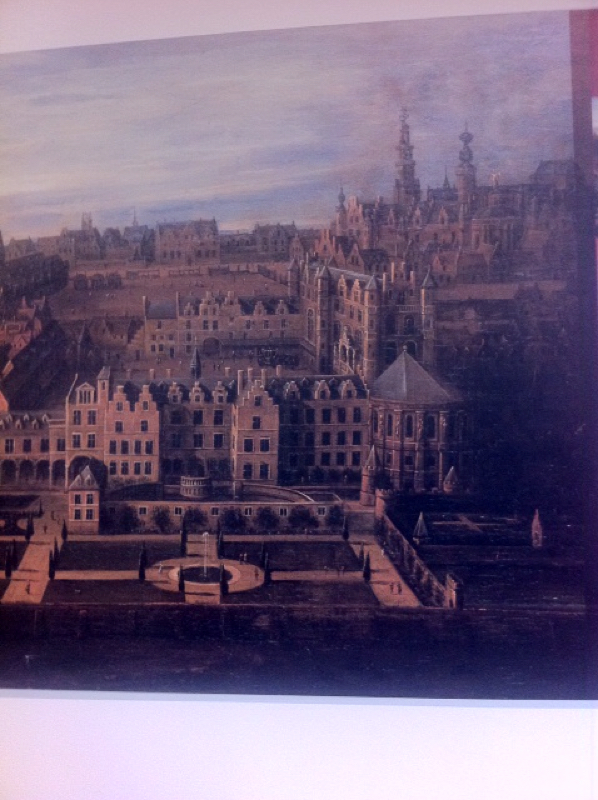
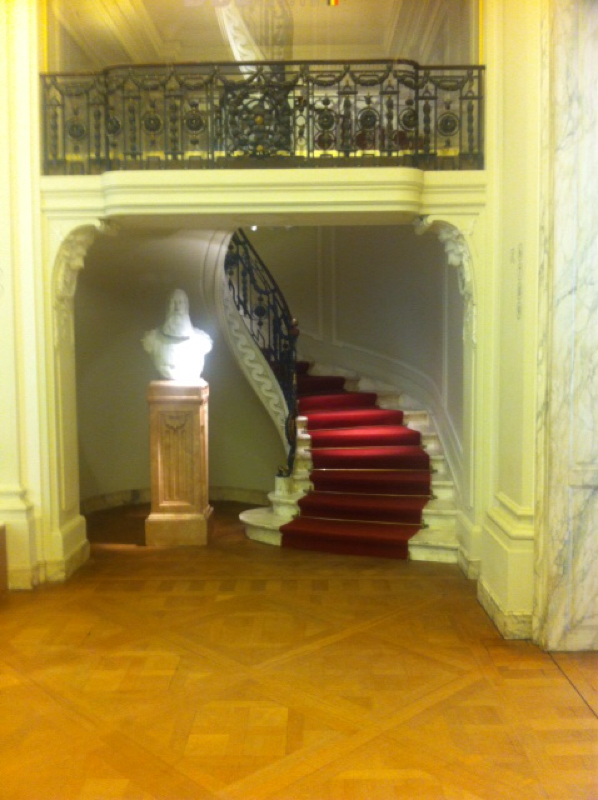
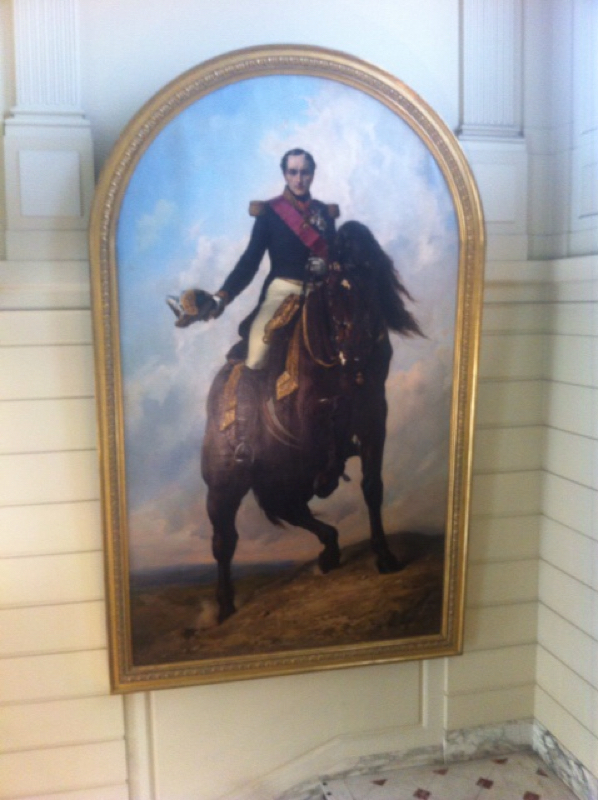
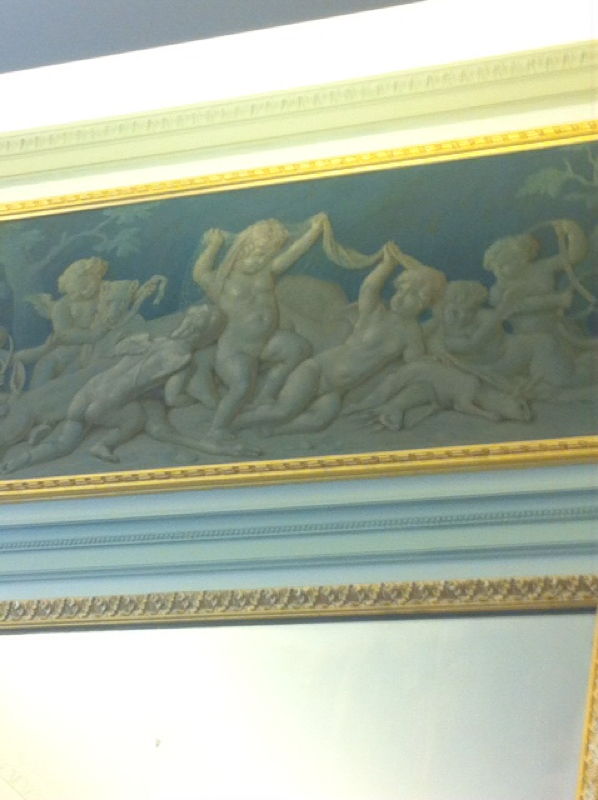
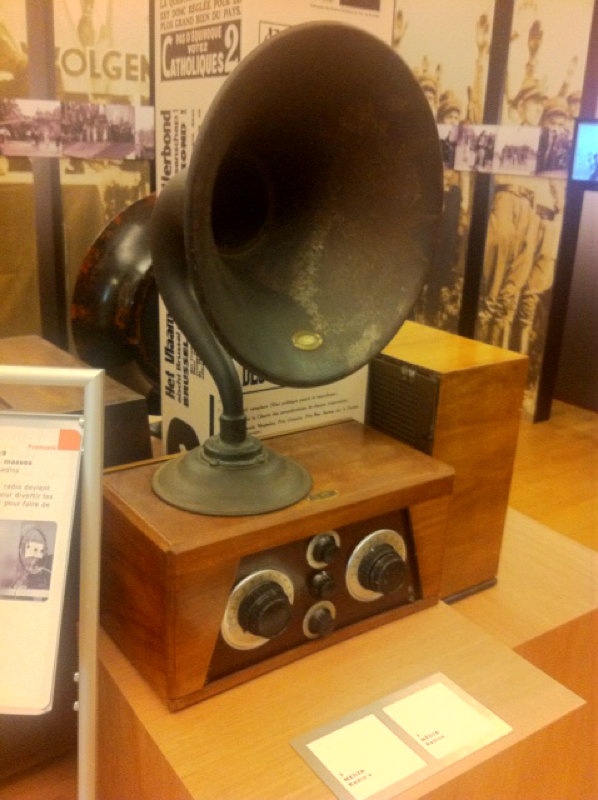
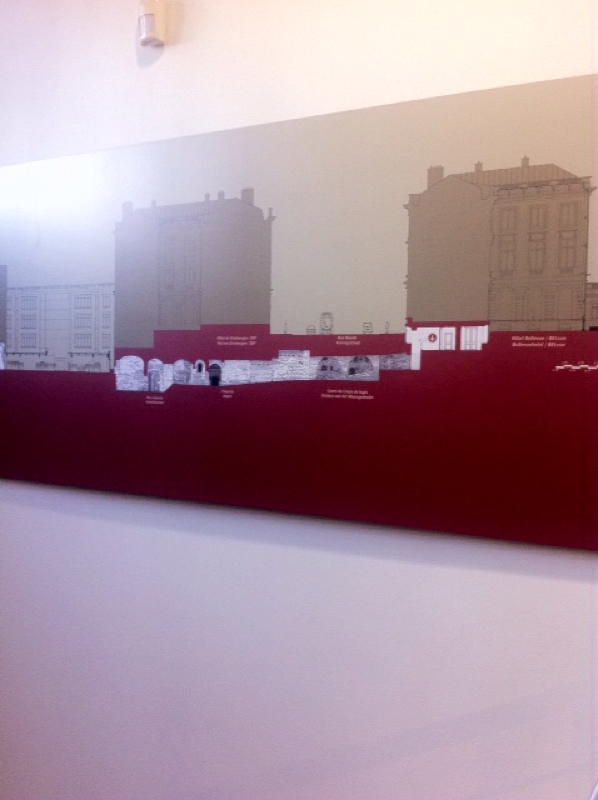
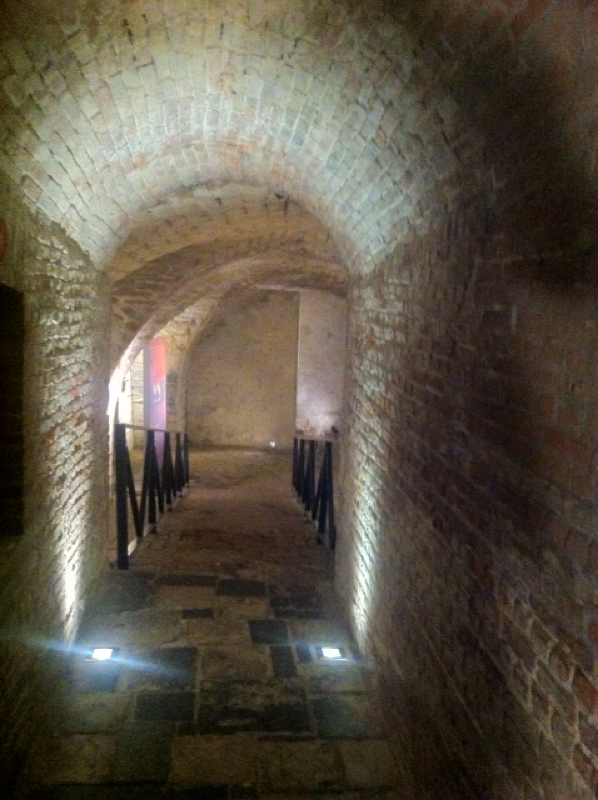
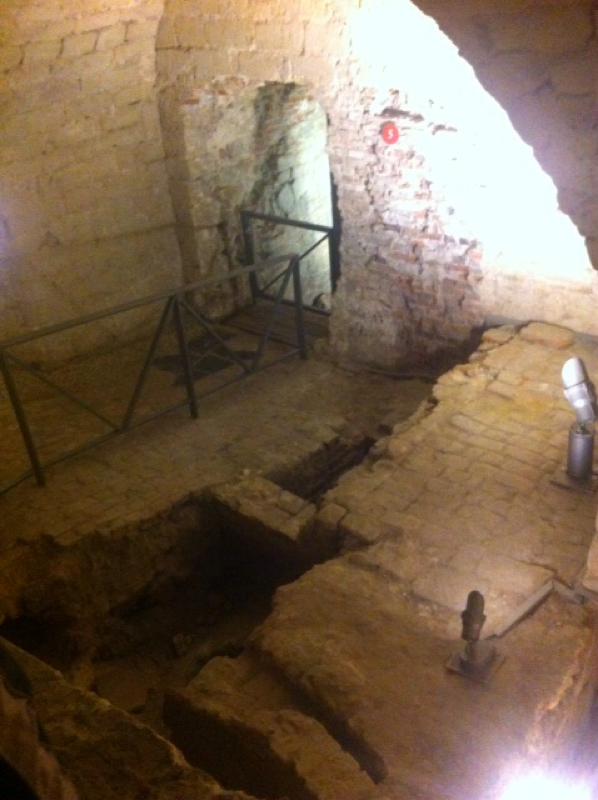
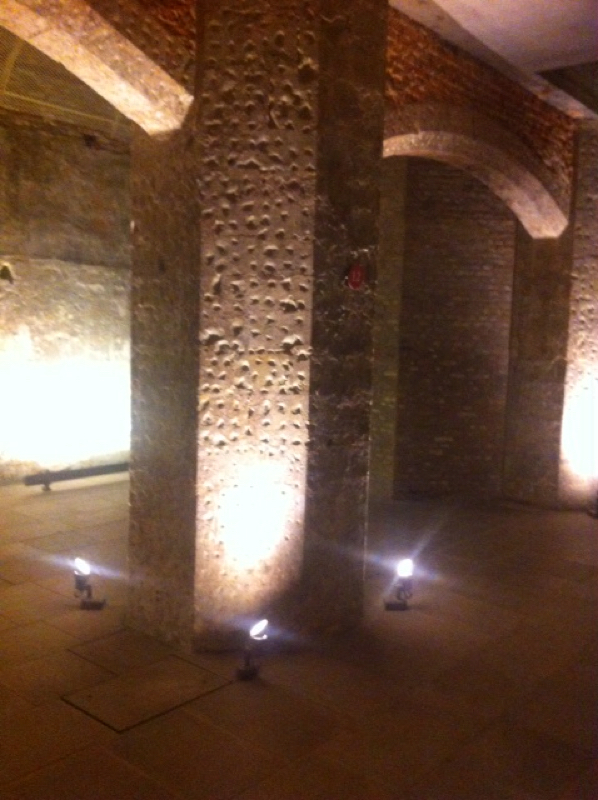
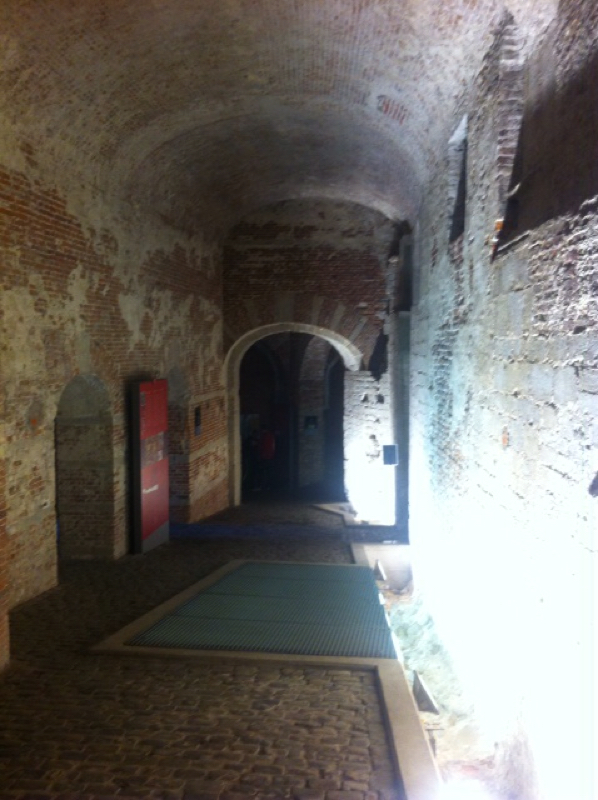
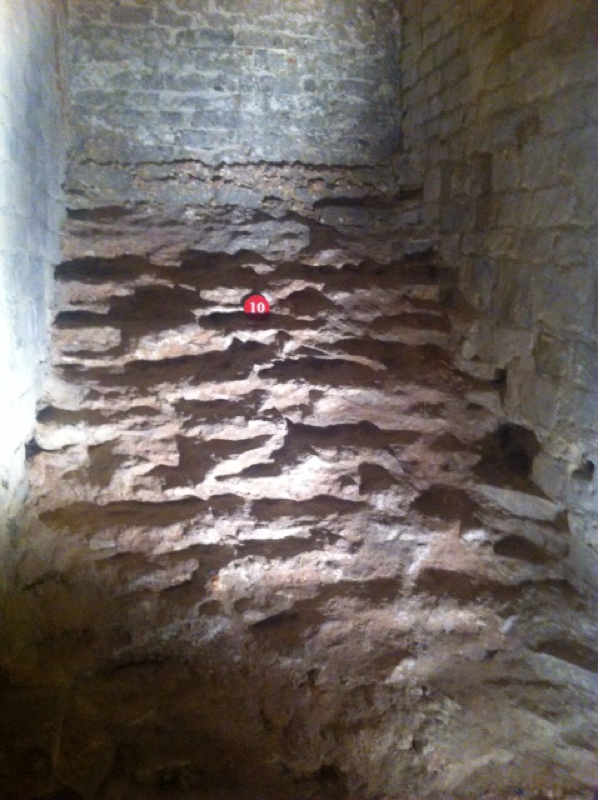
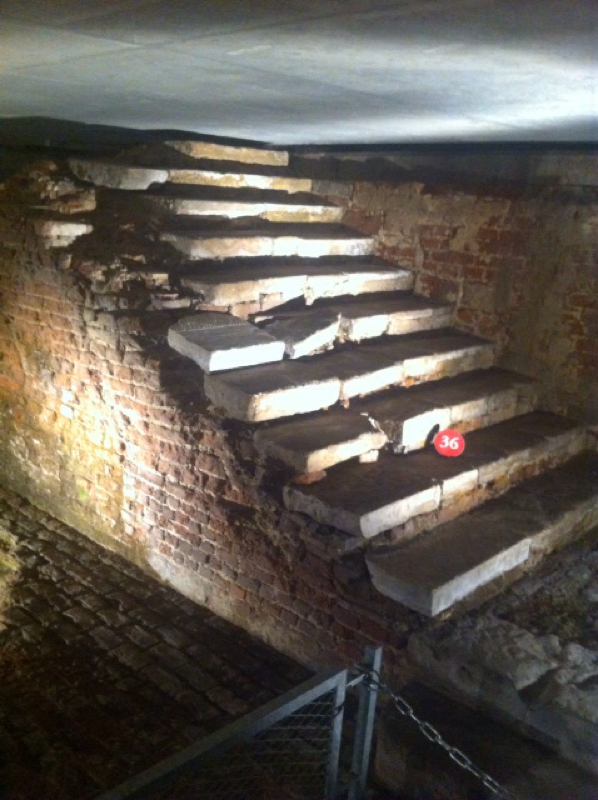
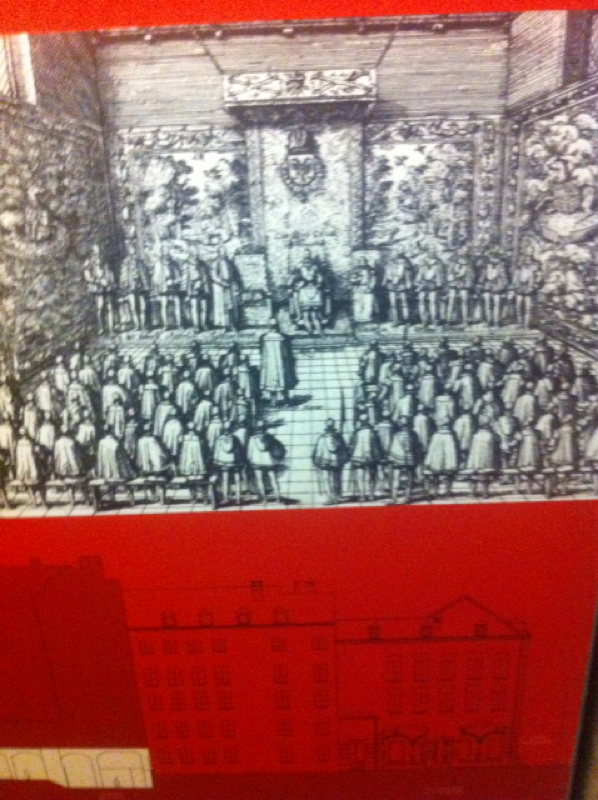
 RSS Feed
RSS Feed
